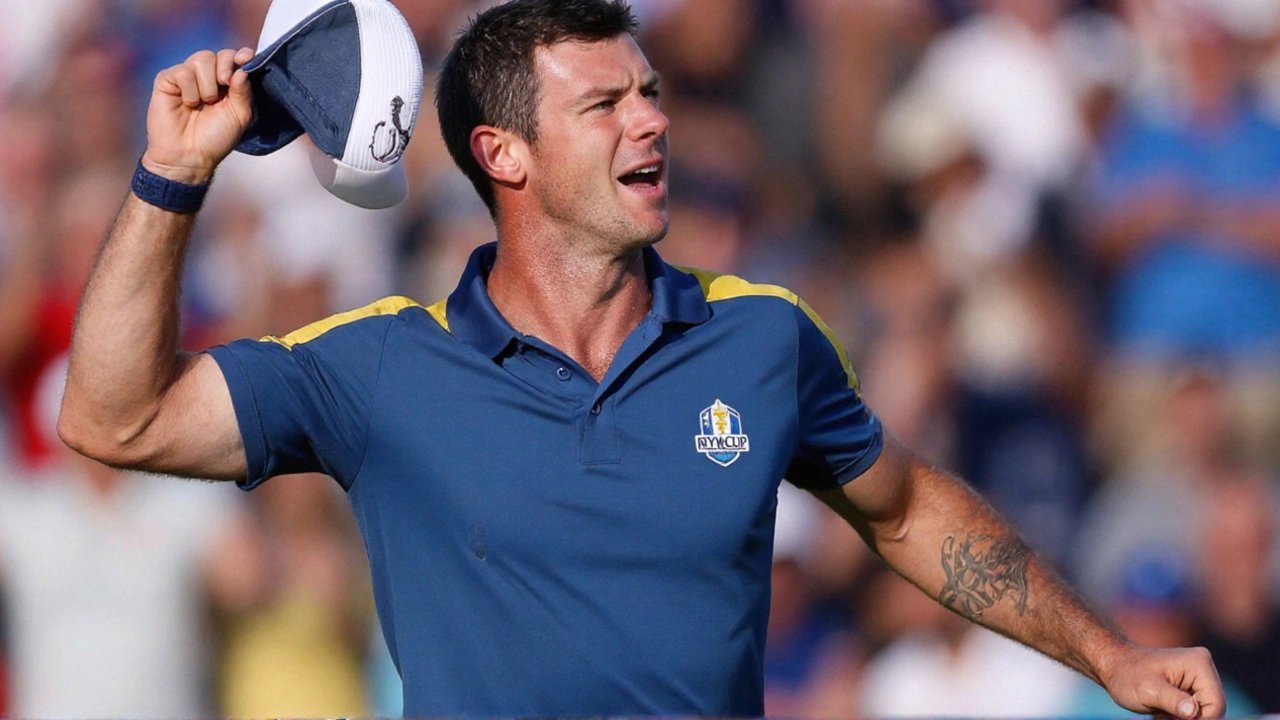Bethpage Black Golf Course
When exploring Bethpage Black, the premier public golf course on Long Island known for its punishing rough and lightning‑fast greens. Also called the Black Course, it draws both everyday golfers and elite pros. golf course, a landscaped arena where players navigate fairways, hazards, and strategically placed bunkers design and maintenance shape every round, while the US Open, the oldest major championship in men’s professional golf has turned Bethpage Black into a testing ground for champions.
The Black Course was crafted by Jack Nicklaus, legendary golfer‑architect famed for creating demanding layouts that reward precision. His design philosophy—"playability for amateurs, challenge for pros"—shows up in every hole. For instance, the 16th par‑four forces a tee shot over a steep ravine, then a long iron into a narrow fairway guarded by bunkers. That kind of risk‑reward balance is a hallmark of Nicklaus‑styled venues and explains why the US Open repeatedly selects Bethpage Black for its toughest tests.
Why Bethpage Black Stands Out
One key attribute is its sheer length; the championship layout stretches beyond 7,400 yards, putting distance at a premium. Combined with a rough that can swallow a stray shot, the course demands strategic thinking—players must decide when to play aggressively and when to lay low. This strategic depth satisfies the semantic triple: Bethpage Black requires precise shot‑planning. Another connection emerges: The US Open influences Bethpage Black’s reputation, because each major event amplifies media coverage and cements the course’s status among global golfers.
Beyond championships, Bethpage Black serves the local community. Public tee times keep the course accessible, and junior programs introduce the sport to new players. That accessibility ties back to the idea that golf course design can foster grassroots growth. The layout also adapts to seasonal changes; in summer, the greens firm up for faster rolls, while spring rains soften the fairways, offering varied playing experiences throughout the year.
Weather plays a subtle but crucial role. Strong Atlantic breezes on the east side of Long Island can shift ball flight dramatically, especially on the open holes near the shoreline. This environmental factor creates another semantic link: Long Island climate shapes Bethpage Black’s playing conditions. For a golfer planning a round, understanding wind patterns becomes as important as studying yardage charts.
In terms of maintenance, the course employs cutting‑edge agronomy. Aeration schedules, precise irrigation, and selective fertilization keep the turf at championship quality without sacrificing the gritty feel that makes the rough intimidating. Such attention to detail illustrates the triple: course upkeep enables Bethpage Black’s consistent difficulty.
All these elements—design pedigree, championship pedigree, accessibility, climate, and maintenance—combine to make Bethpage Black a unique study in how a public facility can host elite competition while staying open to everyday players. Below, you’ll find a curated set of articles that dive deeper into the course’s history, famous moments, and tips for tackling its toughest holes. Whether you’re planning a visit, researching major‑tournament lore, or just curious about why this course draws so much attention, the collection ahead offers practical insights and engaging stories that bring Bethpage Black to life.
 27 September 2025
27 September 2025
Ryder Cup 2025: Europe Takes 5.5-2.5 Lead Over USA at Bethpage Black
Europe surged ahead 5.5-2.5 after Friday's matches at Bethpage Black in the 2025 Ryder Cup. Jon Rahm and Sepp Straka delivered a decisive win over Scottie Scheffler and J.J. Spaun, while Tommy Fleetwood added crucial points. The United States struggled to keep pace despite a strong roster. Favorable weather and solid team chemistry gave Europe a comfortable edge heading into Saturday. The weekend still holds plenty of drama as the USA looks for a comeback.
Latest Posts
-

Unlimited Minutes of Escort Paris: What You Need to Know
-

Bayer Leverkusen’s nine men beat Frankfurt as Hjulmand wins fiery debut
-

Labour’s Budget Bombshell: £900 Wage Hike and Council Tax Surge Ahead
-

Currys Black Friday 2025: Massive Tech Discounts on Samsung, Dyson, PlayStation, and More
-

Cars - Sunglasses and Cinema?
0